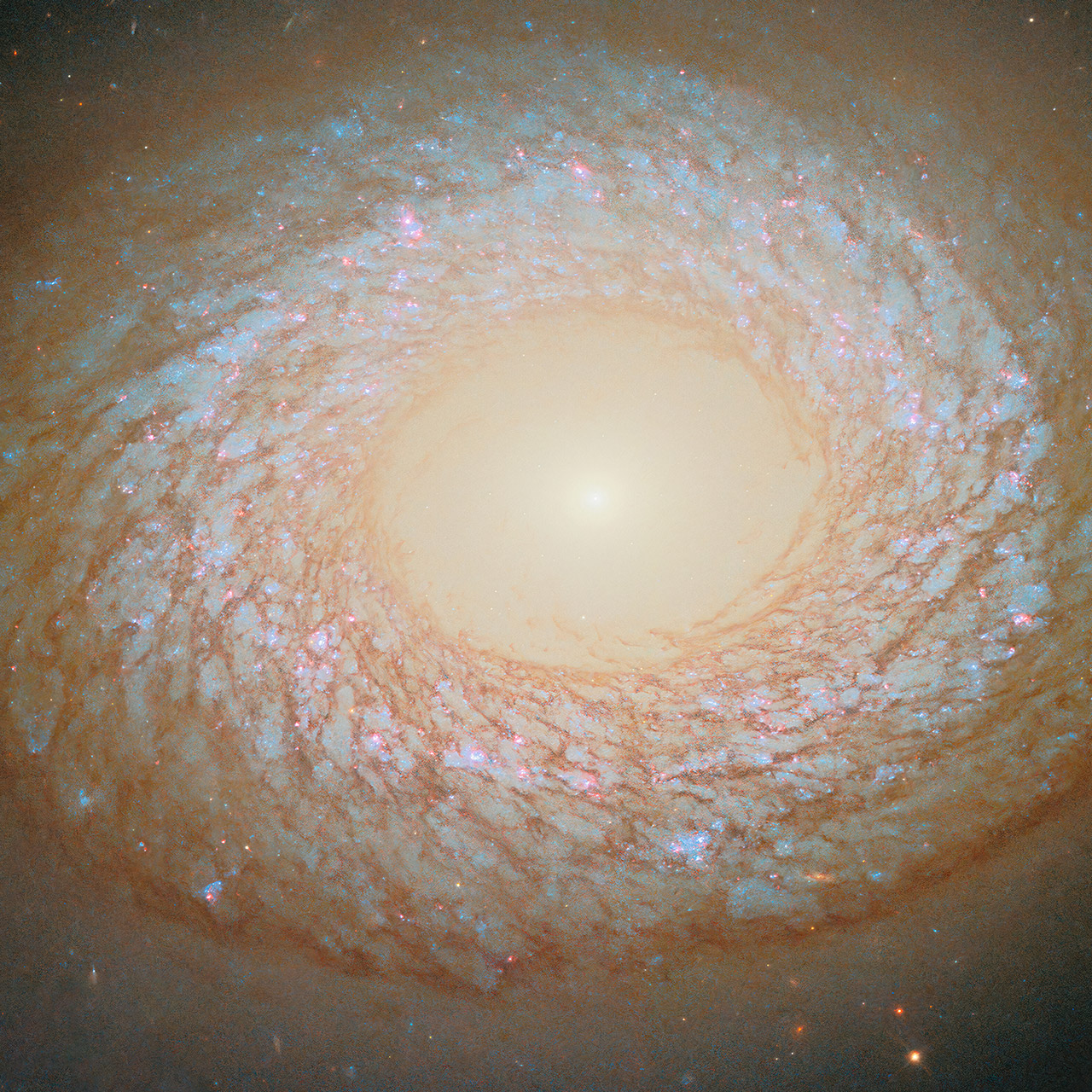
NGC 2775, located 67 million light-years away in the constellation Cancer, is a cosmic riddle that defies categorization. Astronomers have historically classed galaxies as spirals (with twisting arms of stars and gas) or ellipticals (smooth and featureless, like cosmic eggs). This galaxy, in a spectacular new image from the NASA/ESA Hubble Space Telescope, is neither.

Hubble’s most recent image of NGC 2775 depicts a galaxy that does its own thing. At its center is a core so bright that it shines beyond the galaxy’s boundaries, surrounded by a clean, gas-free zone shaped like an ellipse. Further out, a ring of dust and patchy star clusters twists in a helical pattern. Between these two extremes are slender dust strands dotted with blue stars and scarlet nebulas. Astronomers are disputing whether to refer to it as a spiral galaxy or a lenticular galaxy, which includes features of both.
- 2 AVIATION LEGENDS, 1 BUILD – Recreate the iconic Boeing 747 and NASA Space Shuttle Enterprise with the LEGO Icons Shuttle Carrier Aircraft (10360)...
- DEPLOY LANDING GEAR – Turn the dial to extend the massive 18-wheel landing system on your airplane model, just like real flight operations
- AUTHENTIC FEATURES & DETAILS – Remove the tail cone, engines, and landing gear from the NASA shuttle and stow them in the cargo bay during flight
Lenticular galaxies, like NGC 2775, are cosmic hybrids. They have a disk of stars and dust like spirals, but without the gas-rich arms that define spirals. Instead they have a smoother, more subdued structure like ellipticals. Some say NGC 2775 was once a spiral and lost its arms. Others say it was once an ellipse and grew a dusty disk. The truth is likely hidden in a tangled history of galactic mergers where collisions with other galaxies changed its shape.
The remnants of NGC 2775’s turbulent past are just out of sight. A weak tail of hydrogen gas extends 100,000 light years beyond Hubble’s view. This ghostly path implies that NGC 2775 collided with one or more smaller galaxies, tearing them apart and absorbing their material. Each collision would have damaged its structure, resulting in a galaxy that is neither spiral nor elliptical, but somewhere in the middle.
















